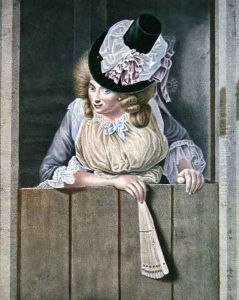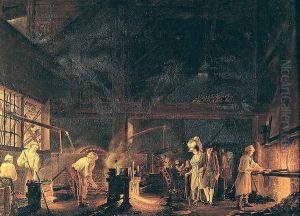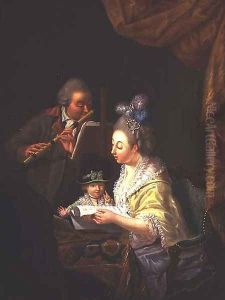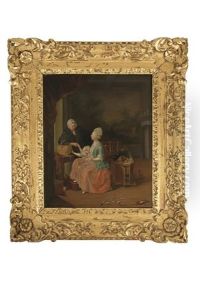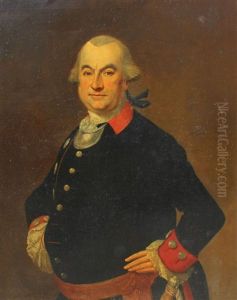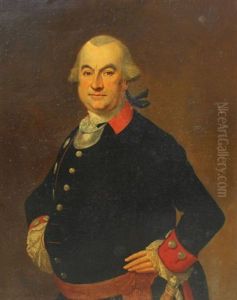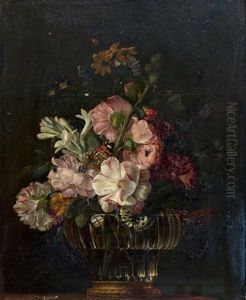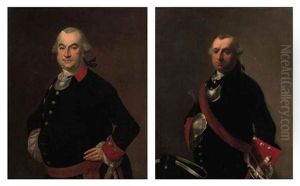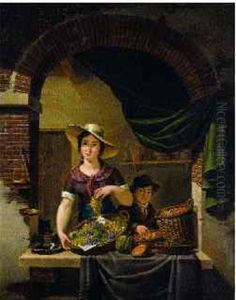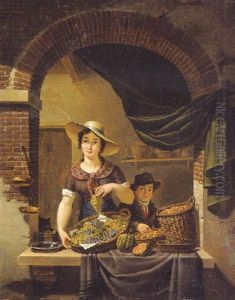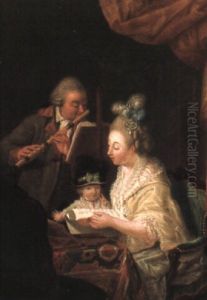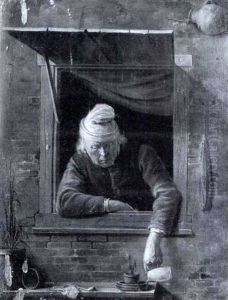Jean Baptiste Bernard Coclers Paintings
Jean Baptiste Bernard Coclers was a Belgian portrait painter and engraver born on February 5, 1741, in Liège, which at that time was part of the Prince-Bishopric of Liège and now is in Belgium. His artistic talent emerged under the influence of his father, Lambert Coclers, who was also an artist and engraver. Jean Baptiste Bernard Coclers received his early artistic training from his father and eventually moved to Paris to further his studies and develop his skills.
In Paris, Coclers was influenced by the works of French artists and the vibrant art scene of the period. He became known for his portrait paintings, which were executed with a fine attention to detail and an emphasis on the psychological depth of his subjects. His works often captured the nuances of facial expression and character, making them sought after by the elite of the time.
Coclers lived through an eventful period in European history that included the French Revolution and the Napoleonic Wars. Despite the turmoil, he managed to secure commissions and continue working. After spending time in Paris, he traveled to various cities, including Amsterdam and Aachen, where he worked and sold his art. Coclers' itinerant lifestyle was common among artists of the time, who often traveled to find new patrons and markets for their work.
Later in his career, Coclers returned to Liège, where he continued to work as a portraitist. His reputation was such that he received commissions from many notable figures, including members of the clergy and the nobility. In addition to portraits, he also engaged in printmaking and produced a number of engravings. Coclers' contribution to the art world was not only through his own creations but also through his influence on other artists, including his son, Louis Bernard Coclers, who followed in his footsteps as a painter.
Jean Baptiste Bernard Coclers died on April 6, 1817, in Liège. Although not as widely known today as some of his contemporaries, Coclers' work is appreciated for its quality and historical value. His paintings provide a glimpse into the faces and fashions of the late 18th and early 19th centuries and are held in various collections across the world.
